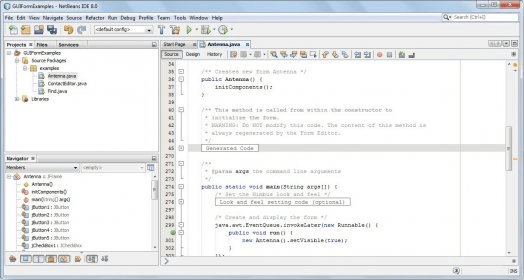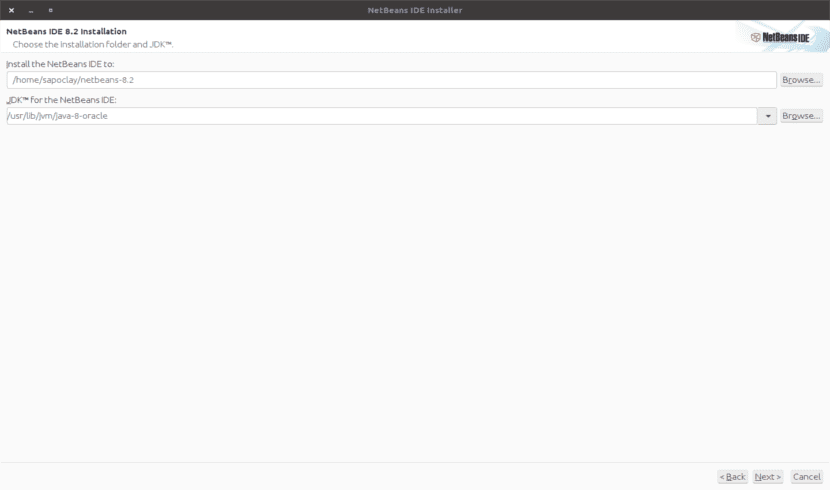

Now it's time to download and install NetBeans IDE 8.0. This location will be called JAVA_HOME from now on. This article assumes you're working on Windows, but it shouldn't be too difficult to anticipate the necessary changes for Linux-based systems.Īfter installing the JDK you should have everything in a location similar to D:\jdk1.7.0_51. It's always good to keep an eye on the latest Java SE and SDK downloads, as patches improve security and stability.

Make sure to pick the right version for your development environment. First, download and install the latest Java Platform Development Kit (JDK) 7u51.

Getting started with NetBeans and WebLogic requires some installation and configuration. This article walks you through installing and configuring all necessary components, and helps you with getting a first tiny Java EE up and running. The Java EE edition comes bundled with GlassFish Open Source Edition 4.0 and provides all the needed integrations for the latest WebLogic 12c. Having a very early chance to test drive all the latest specifications around the different Java platforms, NetBeans is a great choice for developing with Oracle products. NetBeans always strives to provide the most up-to-date tooling far ahead of other IDEs, and, as such, has been around with betas and release candidates supporting Java 8, Java EE 7 and JavaFX 2. It provides extensive tooling for a broad range of technologies, ranging from Java desktop and mobile applications to web applications built with the latest HTML5 and JavaScript frameworks and Java EE backends. It has recently been released as version 8.0 and is the first choice for developers when it comes to support for the latest Java platform editions. NetBeans is a free (CDDL/GPL licensed) integrated development environment (IDE) for Java applications. Your head-start to using the latest NetBeans IDE with Oracle WebLogic Server


 0 kommentar(er)
0 kommentar(er)
